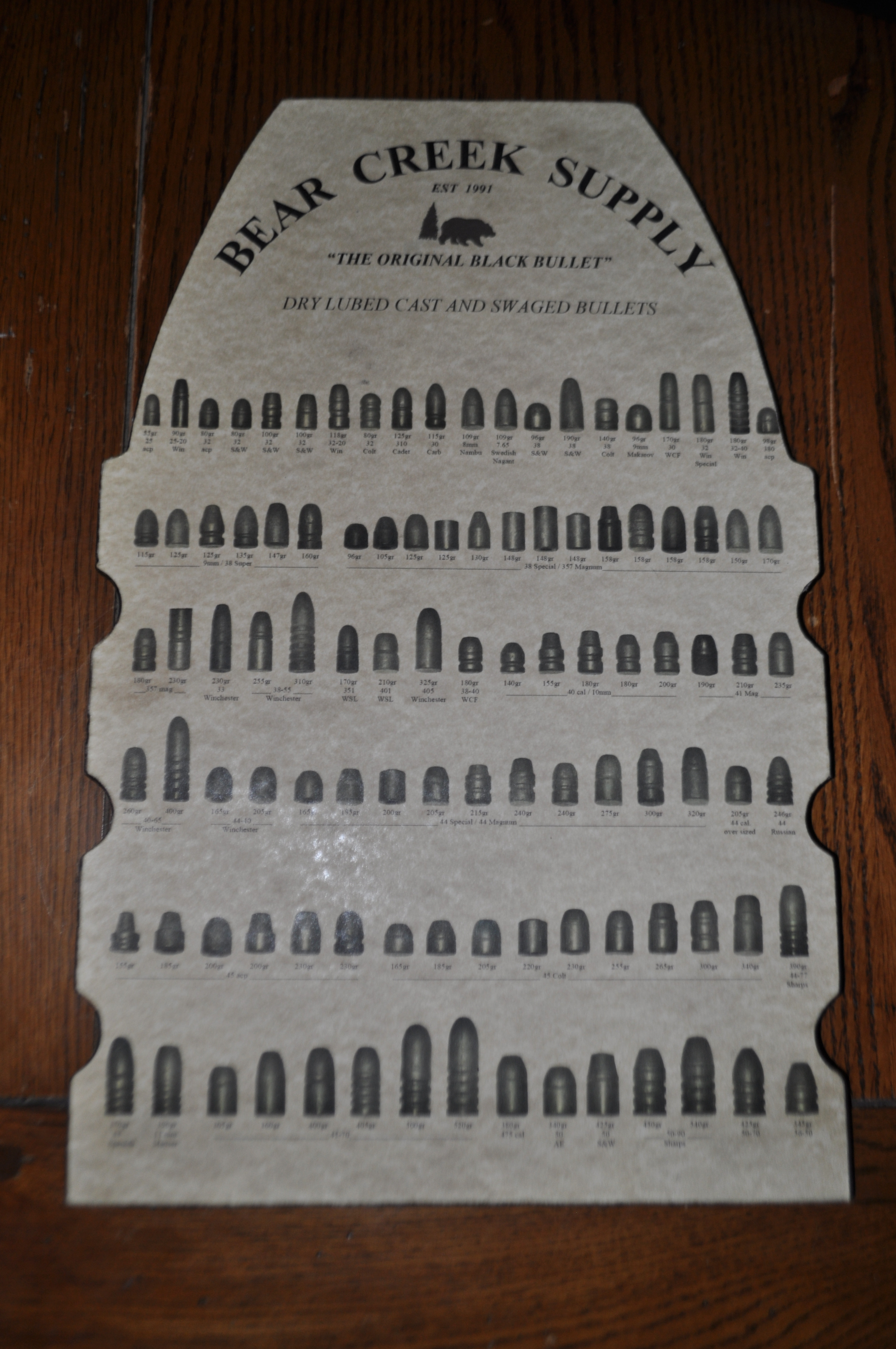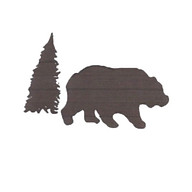The original 1873 and later Trapdoor rifles have steel barrels - but it is a mild steel, and not equal to later alloy steels for physical strength or wear resistance. I have measured some hundreds of .45-70 Trapdoor barrels with proper measuring instruments, and have found that the average groove diameter is between .461" and .462", with some measuring considerably larger - up to .468". The specified standard for Springfield Armory barrels is bore .450" and groove depth .005", which makes the nominal groove diameter .460", but that standard was evidently never held. Lead and lead alloy bullets much under groove diameter will gas cut and shoot poorly with smokeless loads, and I have never been fond of black powder in my cartridge rifles. In addition, bullets much over .461" diameter when seated in .45-70 cases will often not chamber in original Trapdoor rifles, so finding a suitable bullet which will shoot well in any given Trapdoor with smokeless loads is often not possible. As the Trapdoor rifles have 3 - groove rifling (with the exception of a few 6-groove types such as the very rare Marksman's rifles), it is not easy to determine actual groove diameter by slugging, or without a 3-point internal micrometer. In many years of checking Trapdoor .45-70 rifles I have found only 1 with nominal or slightly tighter groove diameter, and that one, which measures .459" is the only one I have kept and still shoot. I love the Trapdoor rifle, but abhor the poor quality control in making their barrels which cause so many headaches for modern shooters.
PRD1 - mhb - MIke






